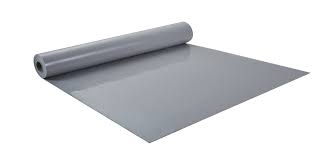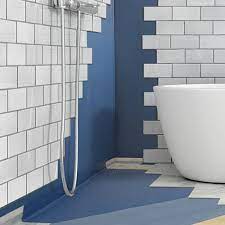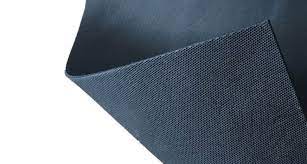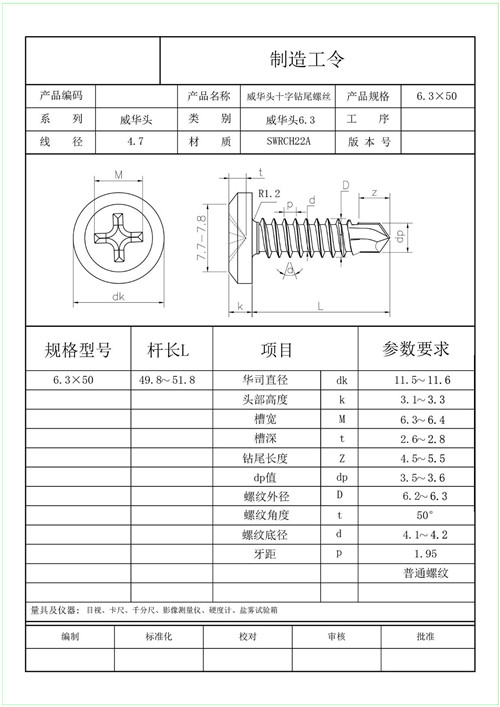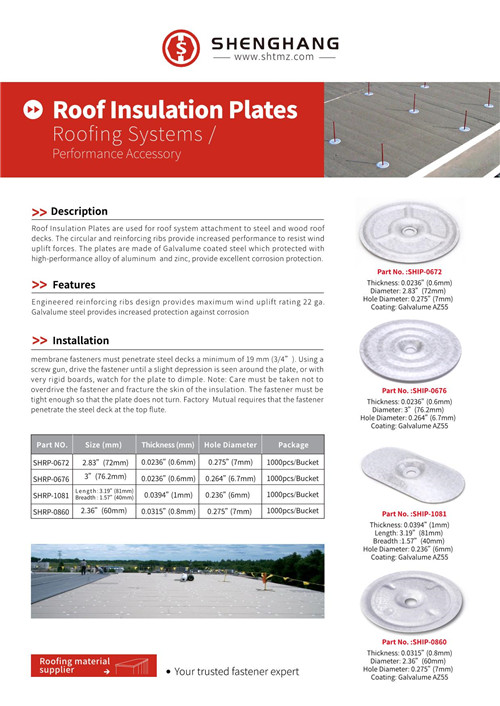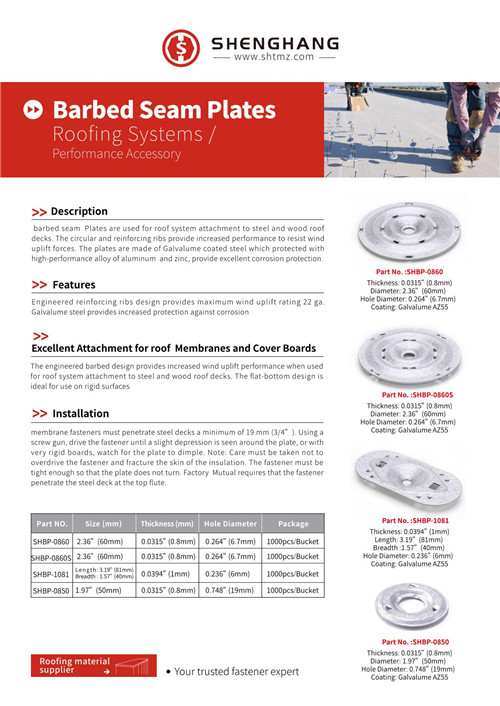Types of Waterproof Membrane
A waterproofing membrane is a thin layer of water-resistant or waterproof material that is applied to the surface of an object to prevent water from penetrating it. Waterproofing membranes are used in a variety of applications, including roofing, wall cladding, flooring, and decking. There are several different types of waterproofing membranes, each with its own advantages and disadvantages.
The most common type of waterproofing membrane is asphaltic. Asphaltic membranes are made from a mixture of asphalt and bitumen, which is then reinforced with fiberglass or polyester fabric. Asphaltic membranes are easy to install and are relatively inexpensive. However, they are not as durable as some other types of waterproofing membranes and can be damaged by sunlight and heat.
There are many different types of waterproof membranes on the market today. They all have different features and benefits that make them better suited for certain applications than others. Here is a quick rundown of the most popular types of waterproof membranes:
EPDM – EPDM is a synthetic rubber that is very durable and resistant to UV rays, chemicals, and extreme temperatures. It is often used in roofing applications.
PVC Membrane– PVC is a plastic that is also very durable and resistant to UV rays, chemicals, and extreme temperatures. It is often used in plumbing and industrial applications.
TPO Membrane– TPO is a synthetic rubber that is less durable than EPDM but more flexible. It is often used in roofing applications.



 0086 311-66105793
0086 311-66105793
 15076176199
15076176199





